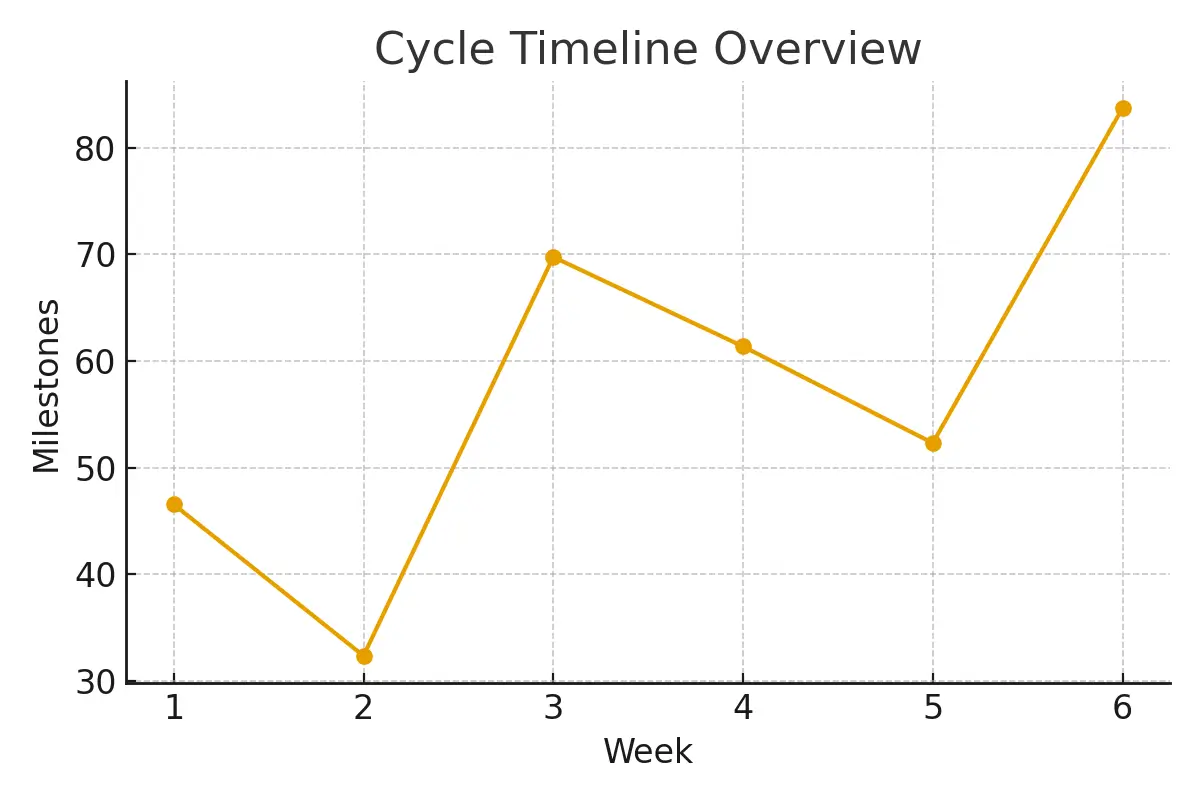
Understanding a fertility clinic’s SART (Society for Assisted Reproductive Technology) report is a vital part of your IVF journey. For patients navigating fertility treatments in NYC, this report serves as a transparent guide to compare clinics, understand success rates, evaluate costs, and set realistic expectations. Let’s explore how to interpret this crucial document and use it to make informed choices that support your personal patient journey.
What Is a SART Report and Why It Matters
A SART report is a detailed summary of a fertility clinic’s outcomes based on real patient data. It includes success rates, number of cycles performed, patient demographics, and live birth outcomes. For anyone undergoing IVF in NYC, this data provides clarity on how a clinic performs and helps you identify trends that align with your fertility goals.
These reports are not just numbers—they represent patient experiences, biological variability, and treatment quality. By understanding these statistics, you can identify which clinics maintain consistency, offer transparent pricing, and support a patient-centered journey.
Where It Fits in the IVF Journey
Your IVF journey involves multiple checkpoints—diagnosis, stimulation, egg retrieval, embryo transfer, and post-transfer monitoring. The SART report connects directly to the success rates of these stages. Reviewing your clinic’s performance in your specific age range or diagnosis category can help you anticipate your timeline and success potential.
It’s also an important tool when deciding whether to continue, pause, or escalate treatment. Data-backed insights reduce emotional uncertainty and make your next steps more predictable and less stressful.
Eligibility Signals and Timing Factors
The SART report provides insights into eligibility signals, such as average patient age, cause of infertility, and treatment type. Timing plays a major role in IVF outcomes—trigger timing for egg retrieval and endometrial readiness can influence embryo quality.
When you analyze a clinic’s report, focus on how many cycles reach retrieval, transfer, and live birth. High cancellation rates may indicate issues with timing or monitoring cadence. Clinics that prioritize personalized schedules often achieve better consistency and success rates.
Step-by-Step Guide to Reading a SART Report
Step 1: Locate Your Age Group
Success rates are grouped by age, such as under 35, 35–37, and 38–40. Identify your group to see realistic averages.
Step 2: Understand Cycle Stages
Each SART report breaks results into stages—cycles started, retrievals performed, transfers done, and live births achieved. This progression shows where drop-offs occur.
Step 3: Analyze Cumulative Success Rates
Cumulative success is more meaningful than single-cycle data. It reflects your chance of success after multiple IVF cycles, not just one attempt.
Step 4: Compare Cost Factors
Line-item examples include medications, anesthesia, genetic testing, and lab fees. Understanding these helps estimate your IVF costs in NYC and prepare for potential add-ons.
Pros, Cons, and Practical Costs
Pros:
- Transparent comparison between clinics
- Data-backed insights into success and predictability
- Helps align financial and emotional expectations
Cons:
- Data may lag by a year or more
- Does not reflect individualized care or new technology updates
- Complex to interpret without guidance
On average, IVF costs in NYC range from $12,000–$20,000 per cycle, excluding medications and genetic testing. Reviewing your clinic’s cost transparency alongside SART data ensures there are no surprise bills or hidden fees later.
Outcome Drivers You Control vs. Those You Monitor
You Control:
- Lifestyle factors (nutrition, stress, sleep)
- Medication adherence and cycle timing consistency
- Choosing clinics with clear communication
You Monitor:
- Embryo development rates
- Lab quality metrics
- Endometrial and oocyte synchronization
Questions to Ask Your Clinic
- How do your success rates compare with the national average?
- What are your embryo transfer and live birth rates for my age group?
- How do you handle cycle cancellations or delays?
- What additional costs should I anticipate beyond the base IVF cycle?
- How do you personalize treatment timing for better outcomes?
Expert Insight
“Protect timing and keep plans simple—quality improves when noise goes down.”
— Clinical Team
Patient Journey Example
A couple in NYC transitioned from uncertainty to confidence after reviewing their clinic’s SART report. Once they aligned their logistics, expectations, and financial planning, their fertility journey became more predictable—and their outcomes improved.
Testimonials
- “The steps finally made sense.” — A. & J., Manhattan
- “Costs were clear; no surprise bills.” — L., Hoboken
- “Nurses replied fast with practical coaching.” — K. & V., Queens
Next Steps with Surrogacy4All
If you’re exploring your IVF or fertility options in NYC, Surrogacy4All offers personalized guidance to help you understand clinic data, cost breakdowns, and success strategies. Schedule a free 15-minute nurse consultation, upload your labs for a second opinion, or receive a custom IVF cost overview to make your journey smoother, informed, and hopeful.
Frequently Asked Questions (FAQs)
Q : Is this medical advice?
Ans : No—this guide is for educational purposes to help you discuss options with your fertility clinic.
Q : How many IVF cycles should I plan for?
Ans : Think in ranges; cumulative success over multiple cycles provides a clearer picture.
Q : What drives IVF cost most in NYC?
Ans : Medications, genetic testing, anesthesia, and the total number of cycles significantly affect costs.
Q : Can SART data predict individual success?
Ans : Not exactly—it provides probabilities, not guarantees. Individual results depend on many factors.
Q : What should I prioritize in choosing a fertility clinic?
Ans : Transparent data, communication quality, and consistent success rates.

Dr. Kulsoom Baloch
Dr. Kulsoom Baloch is a dedicated donor coordinator at Egg Donors, leveraging her extensive background in medicine and public health. She holds an MBBS from Ziauddin University, Pakistan, and an MPH from Hofstra University, New York. With three years of clinical experience at prominent hospitals in Karachi, Pakistan, Dr. Baloch has honed her skills in patient care and medical research.




